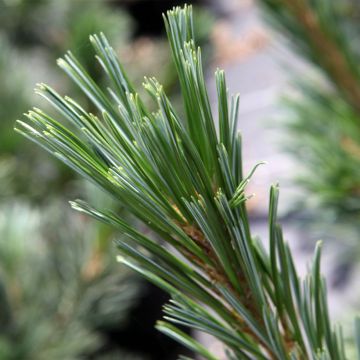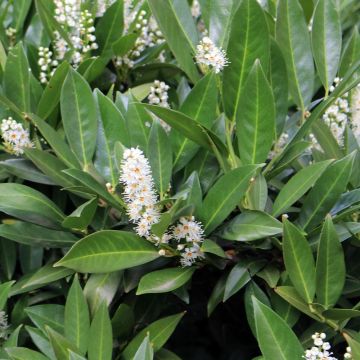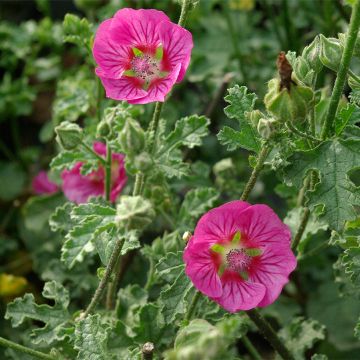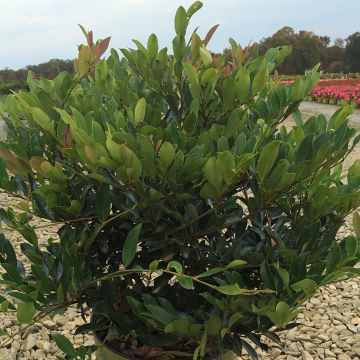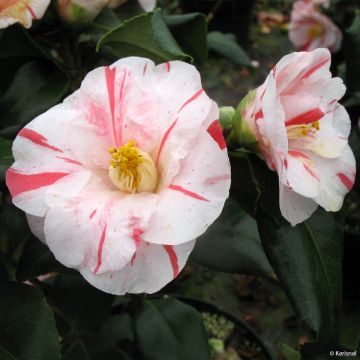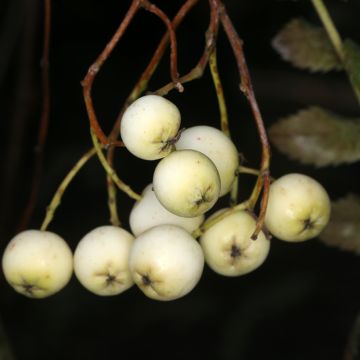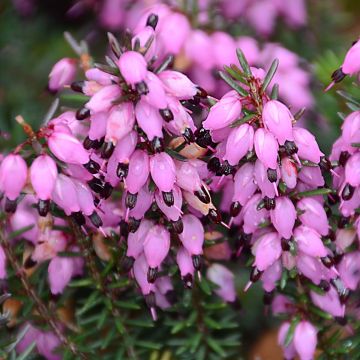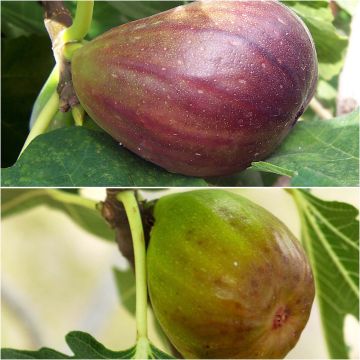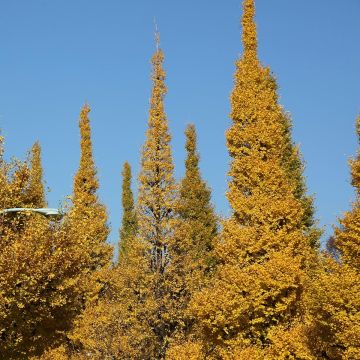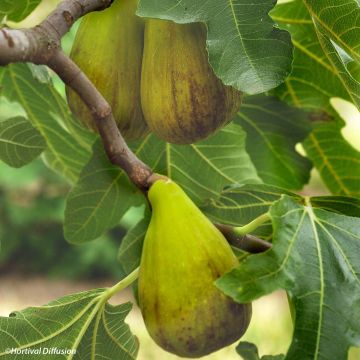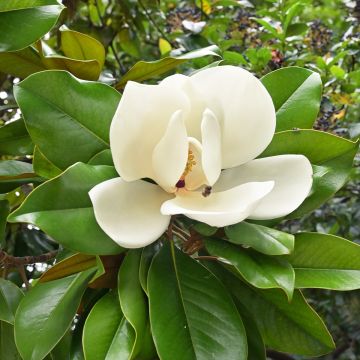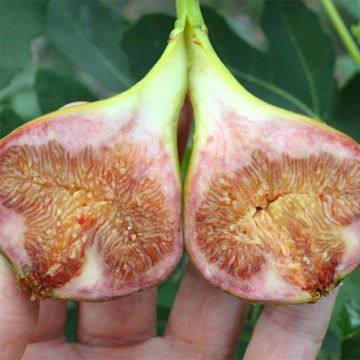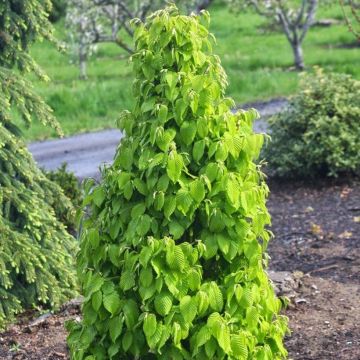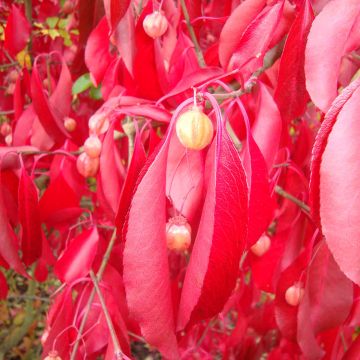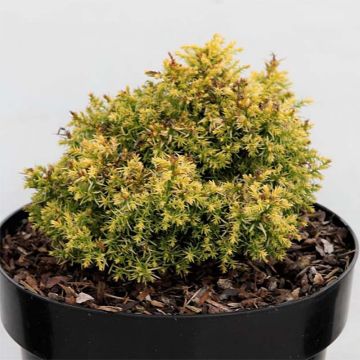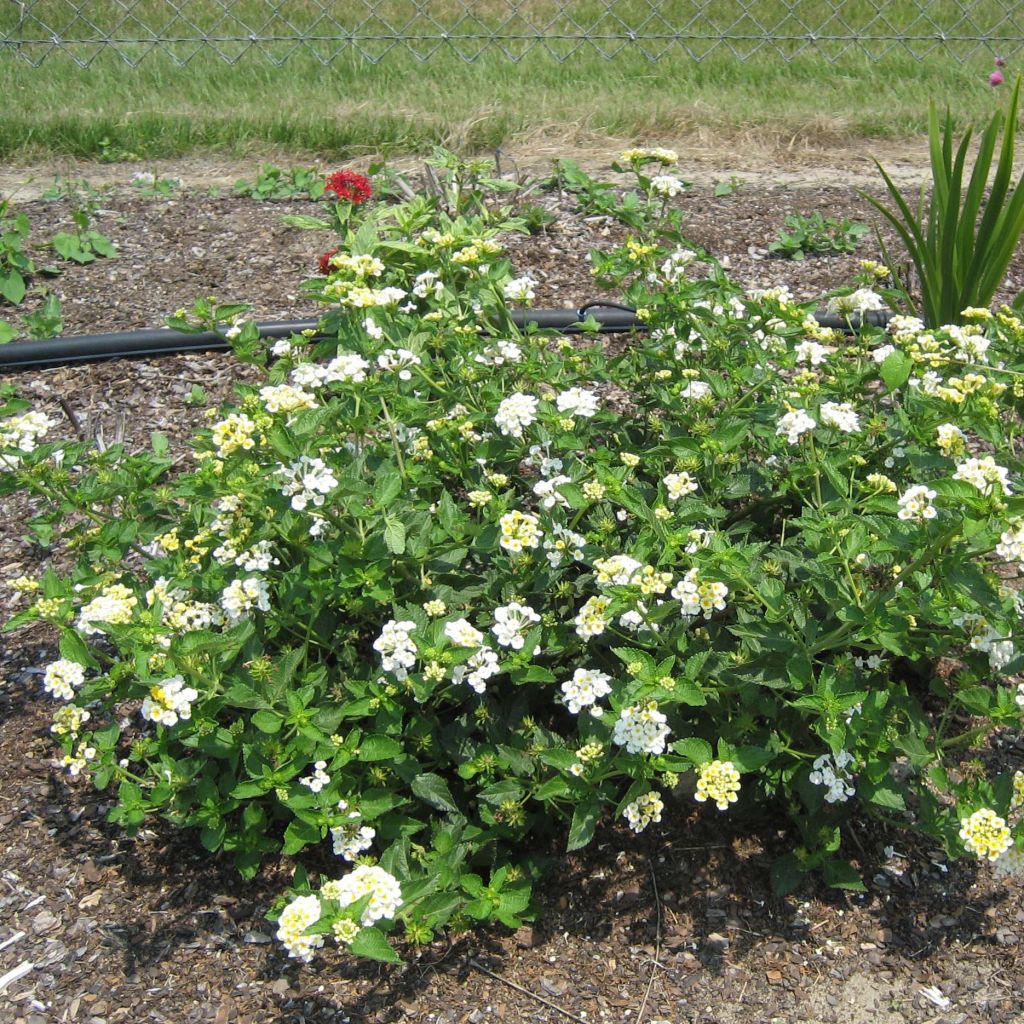

Lantana Sunny Side Up
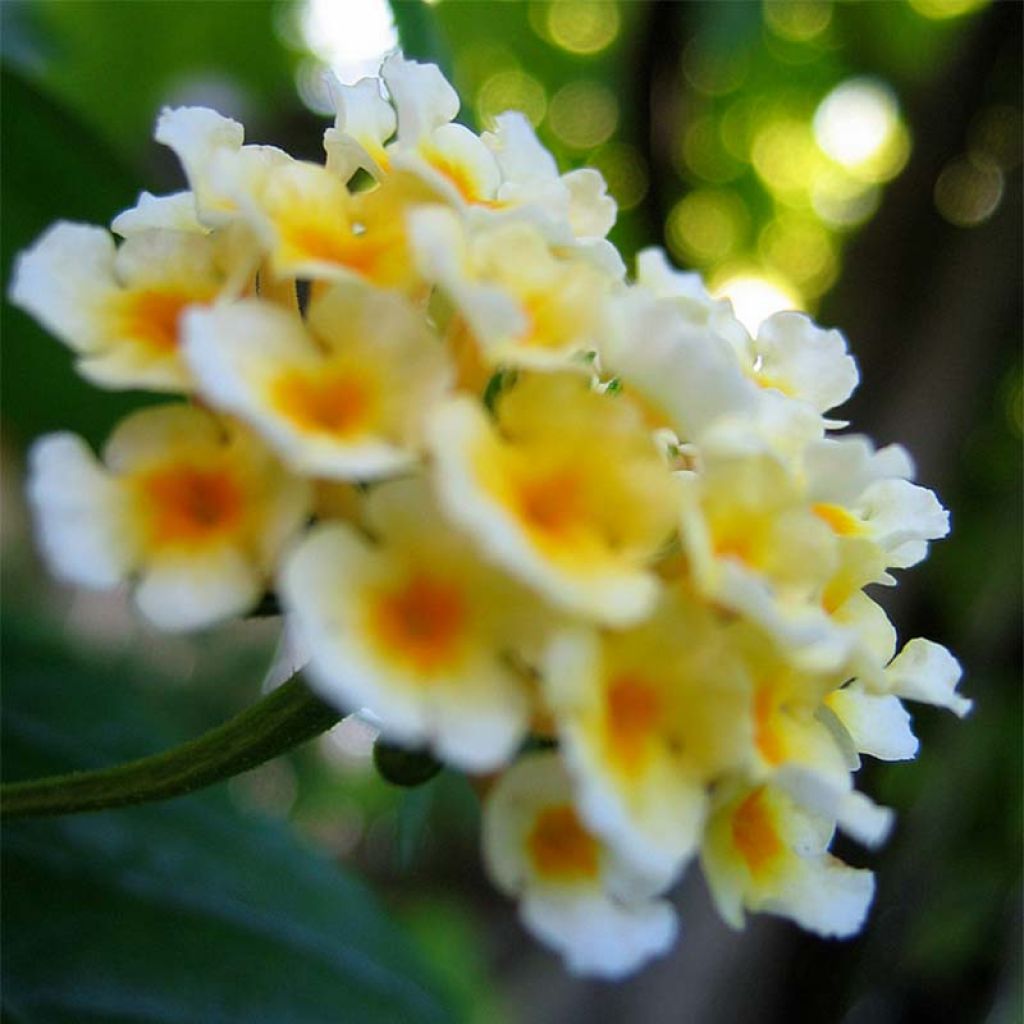

Lantana Sunny Side Up
Lantana camara Chapel Sunny Side Up
Lantana camara Chapel Sunny Side Up
Common Lantana, Spanish Flag, West Indian Lantana
The leaves were completely burnt after short morning freezes at -2°C (28.4°F). Serious doubts about the hardiness, and already no doubt about the persistence of the leaves... I should mention that next to my myrtle-leaved polygala and my Cape daisies, which are supposed to be less hardy and were planted this year, have not suffered at all. Very disappointed.
Karine, 10/12/2020
This item cannot be shipped to the selected country
Delivery charge from €5.90
More information
Schedule delivery date,
and select date in basket
This plant carries a 24 months recovery warranty
More information
We guarantee the quality of our plants for a full growing cycle, and will replace at our expense any plant that fails to recover under normal climatic and planting conditions.
From €5.90 for pickup delivery and €6.90 for home delivery
Express home delivery from €8.90.
Does this plant fit my garden?
Set up your Plantfit profile →
Description
The Lantana Chapel 'Sunny Side Up' is part of a new series of relatively hardy, flowering and compact-habit hybrids from America. This one forms a bush with a large spreading habit, tirelessly producing umbels of colour-changing flowers, where yellow and white mingle. They are pleasantly fragrant, as is the dark glossy green foliage. The Lantana 'Chapel Hill', robust and undemanding, are evergreen in mild climate and easy to incorporate into flower beds where they bring a beautiful touch of colour from June to October.
Hardy up to zone 8, resistant to frosts of -12°C (10.4 °F), or even more, in well-drained soil, once well established, the Lantana camara Chapel Hill 'Sunny Side Up' can be planted in open ground and remain there all year round, as it is really undemanding about the nature of the soil. It can be associated in a very well-drained bed with exotic perennials such as Hesperaloe parviflora and Epilobium canum 'Western Hills', or other small flowering bushes such as Helianthemum, carnation bushes, lavenders, cistus, or Salvia greigii. In a cold climates, this plant is grown in pots or planters. The Lantana cheerfully blend with blue flowers, like those of Peruvian heliotropes, Ageratum or Plumbago capensis. It can also be planted in the border, in front of a bed of agapanthus, Callistemons or gauras in a fairly dry location.
Report an error about the product description
Lantana camara Chapel Sunny Side Up in pictures
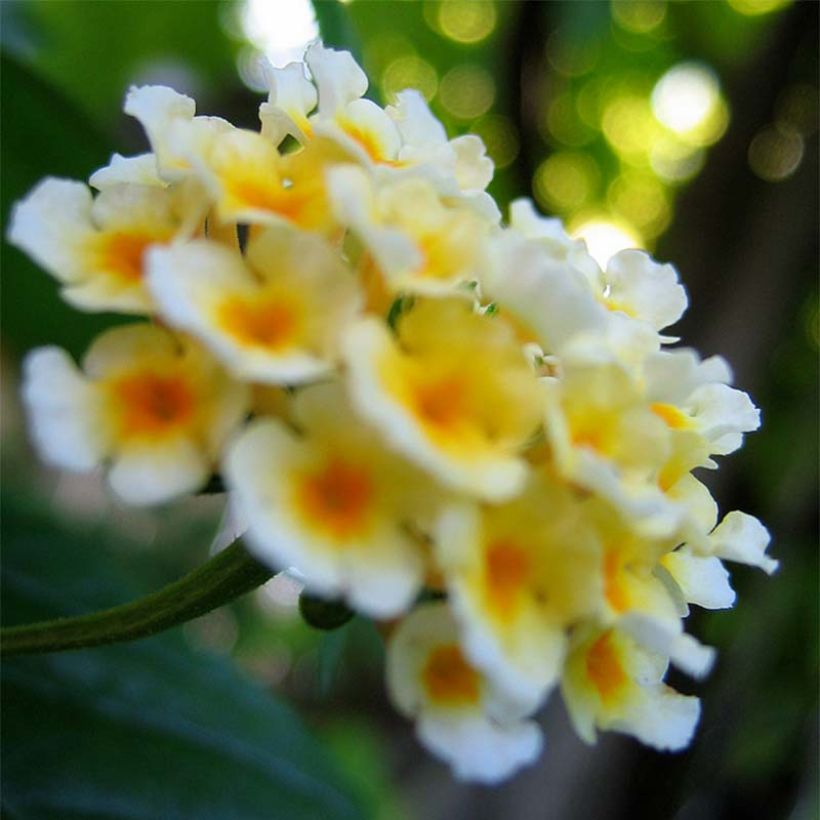

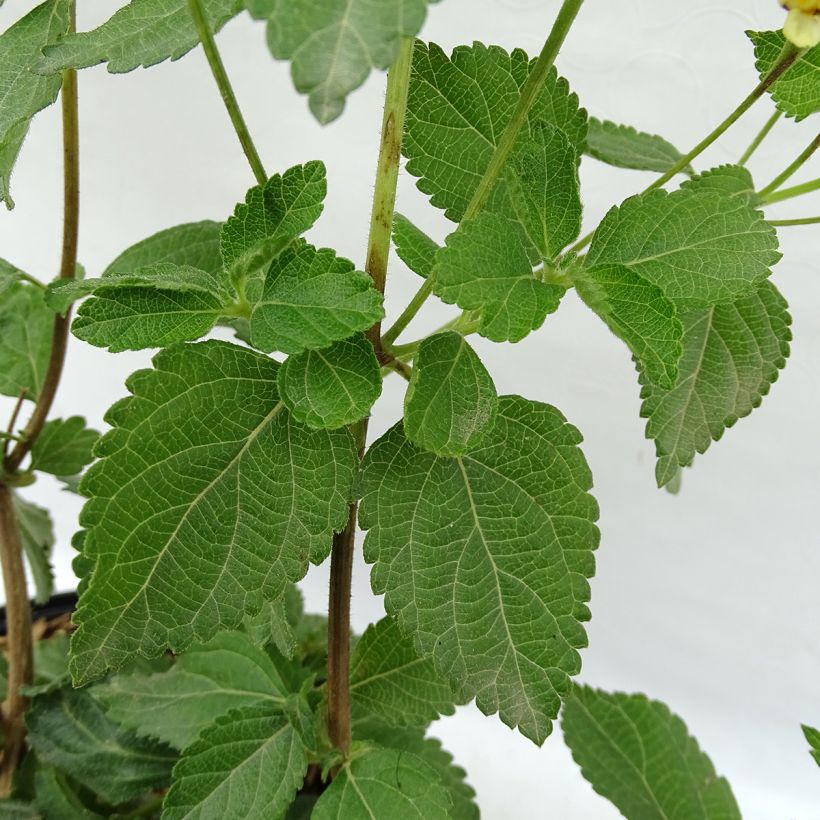

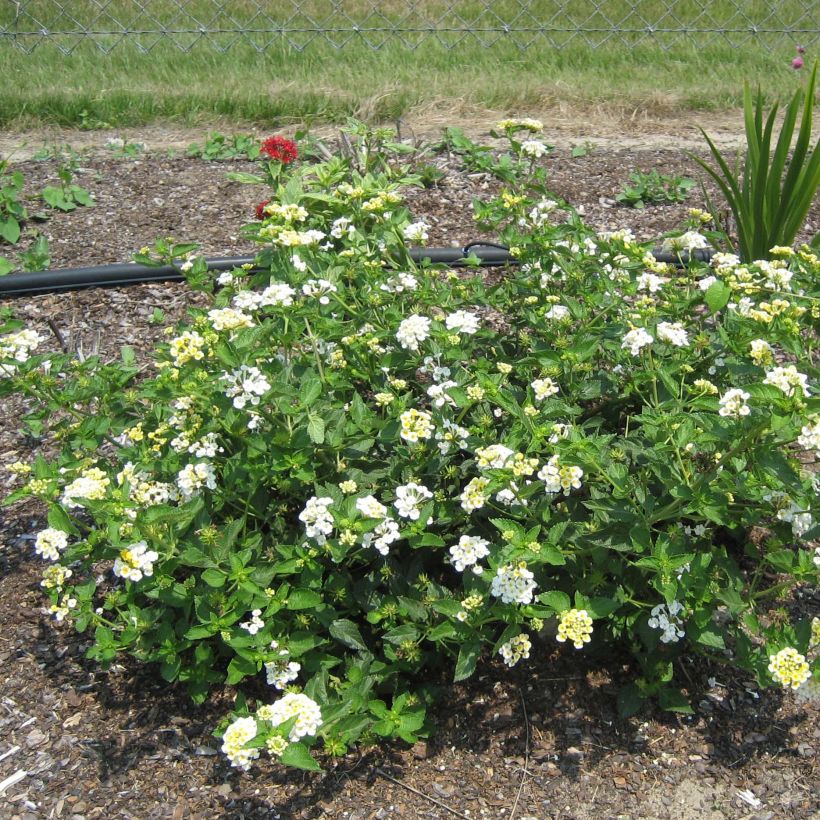

Plant habit
Flowering
Foliage
Botanical data
Lantana
camara
Chapel Sunny Side Up
Verbenaceae
Common Lantana, Spanish Flag, West Indian Lantana
Cultivar or hybrid
Other Shrubs A to Z
Planting and care
Give the lantana Chapel Hill 'Sunny Side Up' a sunny situation all year round. If it tolerates heat and relative drought well in the summer, it needs coolness in the winter. It is still frost-sensitive in colder climates and so will need to be stored away during the winter period; a bright cold greenhouse or an unheated veranda will be perfectly suitable. In March, proceed with spring pruning to reshape the plant and make it denser. In cold regions, as soon as temperatures warm up, take the plant outside to gradually get used to the coolness and full sun. In the ground, give it a very well-drained soil, fertile enough to support its flowering. If necessary, lighten your soil by incorporating coarse sand and light compost. Lantana camara tolerates the presence of limestone in the soil, provided it is not excessive.
Often formed on a stem, lantana camara is an ideal ornamental plant for terraces and balconies. During the summer, remove faded flowers as they occur. In October, bring the plant in or uproot if you grow it as a greenhouse plant.
Lantana is known for its resistance to summer drought; however, its cultivation in pots requires regular watering to support flowering, more frequent in hot season than in cold season.
Propagation by cuttings from stems, after flowering.
Planting period
Intended location
Care
-
, onOrder confirmed
Reply from on Promesse de fleurs
Striking foliage shrubs
Haven't found what you were looking for?
Hardiness is the lowest winter temperature a plant can endure without suffering serious damage or even dying. However, hardiness is affected by location (a sheltered area, such as a patio), protection (winter cover) and soil type (hardiness is improved by well-drained soil).

Photo Sharing Terms & Conditions
In order to encourage gardeners to interact and share their experiences, Promesse de fleurs offers various media enabling content to be uploaded onto its Site - in particular via the ‘Photo sharing’ module.
The User agrees to refrain from:
- Posting any content that is illegal, prejudicial, insulting, racist, inciteful to hatred, revisionist, contrary to public decency, that infringes on privacy or on the privacy rights of third parties, in particular the publicity rights of persons and goods, intellectual property rights, or the right to privacy.
- Submitting content on behalf of a third party;
- Impersonate the identity of a third party and/or publish any personal information about a third party;
In general, the User undertakes to refrain from any unethical behaviour.
All Content (in particular text, comments, files, images, photos, videos, creative works, etc.), which may be subject to property or intellectual property rights, image or other private rights, shall remain the property of the User, subject to the limited rights granted by the terms of the licence granted by Promesse de fleurs as stated below. Users are at liberty to publish or not to publish such Content on the Site, notably via the ‘Photo Sharing’ facility, and accept that this Content shall be made public and freely accessible, notably on the Internet.
Users further acknowledge, undertake to have ,and guarantee that they hold all necessary rights and permissions to publish such material on the Site, in particular with regard to the legislation in force pertaining to any privacy, property, intellectual property, image, or contractual rights, or rights of any other nature. By publishing such Content on the Site, Users acknowledge accepting full liability as publishers of the Content within the meaning of the law, and grant Promesse de fleurs, free of charge, an inclusive, worldwide licence for the said Content for the entire duration of its publication, including all reproduction, representation, up/downloading, displaying, performing, transmission, and storage rights.
Users also grant permission for their name to be linked to the Content and accept that this link may not always be made available.
By engaging in posting material, Users consent to their Content becoming automatically accessible on the Internet, in particular on other sites and/or blogs and/or web pages of the Promesse de fleurs site, including in particular social pages and the Promesse de fleurs catalogue.
Users may secure the removal of entrusted content free of charge by issuing a simple request via our contact form.
The flowering period indicated on our website applies to countries and regions located in USDA zone 8 (France, the United Kingdom, Ireland, the Netherlands, etc.)
It will vary according to where you live:
- In zones 9 to 10 (Italy, Spain, Greece, etc.), flowering will occur about 2 to 4 weeks earlier.
- In zones 6 to 7 (Germany, Poland, Slovenia, and lower mountainous regions), flowering will be delayed by 2 to 3 weeks.
- In zone 5 (Central Europe, Scandinavia), blooming will be delayed by 3 to 5 weeks.
In temperate climates, pruning of spring-flowering shrubs (forsythia, spireas, etc.) should be done just after flowering.
Pruning of summer-flowering shrubs (Indian Lilac, Perovskia, etc.) can be done in winter or spring.
In cold regions as well as with frost-sensitive plants, avoid pruning too early when severe frosts may still occur.
The planting period indicated on our website applies to countries and regions located in USDA zone 8 (France, United Kingdom, Ireland, Netherlands).
It will vary according to where you live:
- In Mediterranean zones (Marseille, Madrid, Milan, etc.), autumn and winter are the best planting periods.
- In continental zones (Strasbourg, Munich, Vienna, etc.), delay planting by 2 to 3 weeks in spring and bring it forward by 2 to 4 weeks in autumn.
- In mountainous regions (the Alps, Pyrenees, Carpathians, etc.), it is best to plant in late spring (May-June) or late summer (August-September).
The harvesting period indicated on our website applies to countries and regions in USDA zone 8 (France, England, Ireland, the Netherlands).
In colder areas (Scandinavia, Poland, Austria...) fruit and vegetable harvests are likely to be delayed by 3-4 weeks.
In warmer areas (Italy, Spain, Greece, etc.), harvesting will probably take place earlier, depending on weather conditions.
The sowing periods indicated on our website apply to countries and regions within USDA Zone 8 (France, UK, Ireland, Netherlands).
In colder areas (Scandinavia, Poland, Austria...), delay any outdoor sowing by 3-4 weeks, or sow under glass.
In warmer climes (Italy, Spain, Greece, etc.), bring outdoor sowing forward by a few weeks.

































